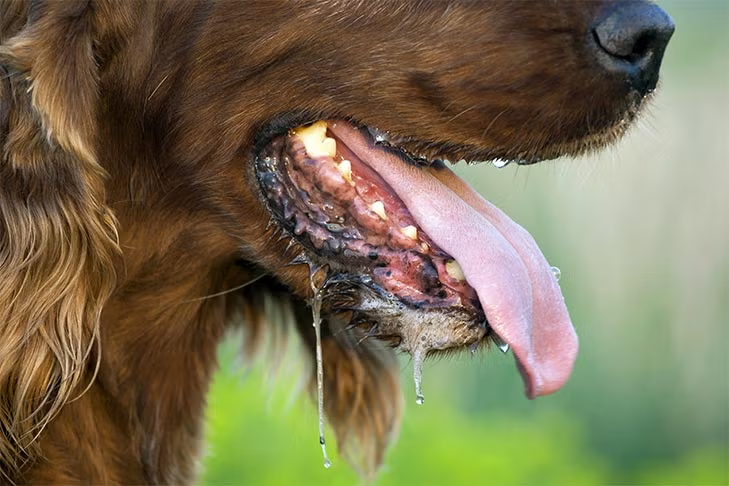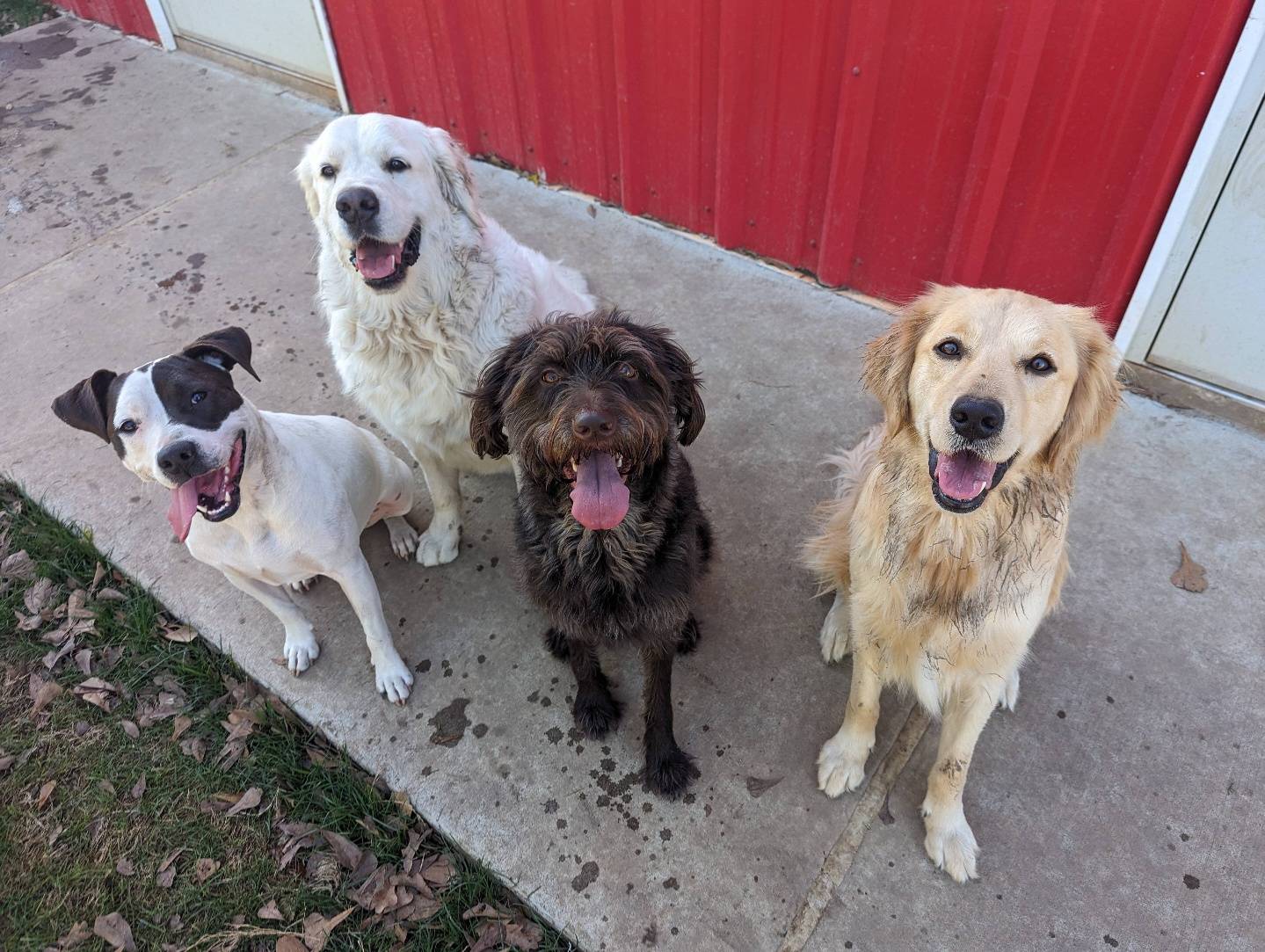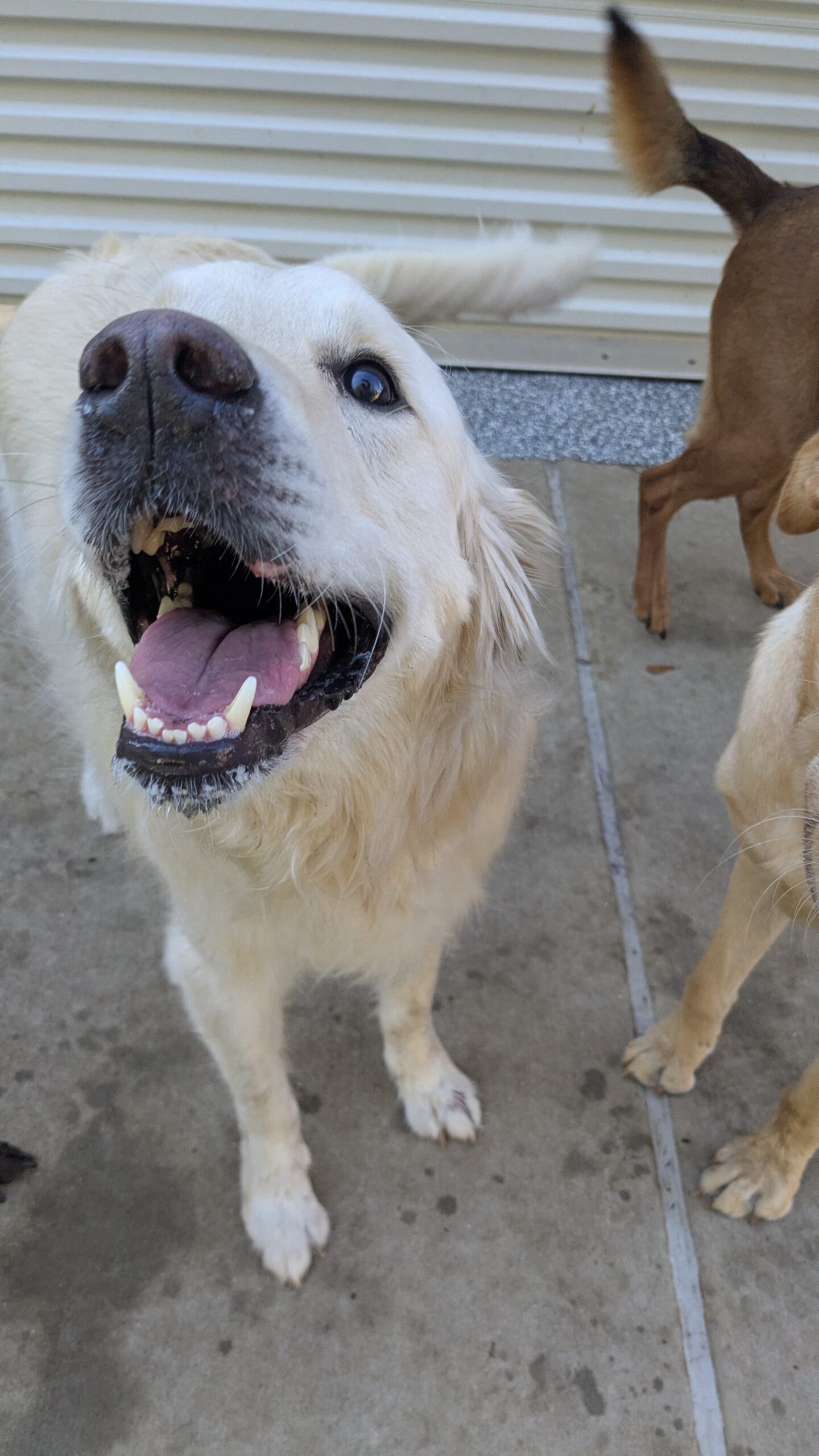Summers on the coast are beautiful, but they can be brutal. As temperatures rise, it’s not just humans who feel the heat — our furry companions are even more susceptible to the dangers of high temperatures. Whether you’re out for a walk on the beach, relaxing in the backyard, or enjoying some fetch at the park, it’s important to know when your dog is too hot and how to help them cool down fast.
Dogs Don’t Sweat Like We Do
One of the most important things to understand is that dogs don’t sweat the way people do. While humans have sweat glands all over their bodies, dogs primarily regulate their temperature through panting. They do have a few sweat glands in their paw pads, but they’re not nearly as effective for cooling down. This means dogs are more prone to overheating, especially in hot, humid environments like the Gulf Coast.
Recognizing the Early Signs
The first clue that your dog might be getting too warm is excessive panting. All dogs pant, especially when they’re excited or after a good run, but if the panting is heavy and persistent even after they’ve had a chance to rest, it’s time to pay attention. You might also notice your dog drooling more than usual, with thick, sticky saliva. Their gums may appear bright red, and their heart rate could increase noticeably.
Some dogs will start acting restless or anxious when they’re too hot. They might pace, struggle to lie down, or seem generally uncomfortable. Others may become lethargic, sluggish, or slow to respond to commands. If your dog suddenly loses interest in play, food, or treats during a warm day, don’t brush it off. It could be their way of telling you they’re overheating.
Danger Zone: When Overheating Becomes Heatstroke
If you miss the early signs, things can quickly escalate to a dangerous level. Heatstroke in dogs is a life-threatening condition and requires immediate attention. Look for vomiting, diarrhea, or signs of confusion. Your dog may collapse or have difficulty standing. In severe cases, seizures or unconsciousness can occur.
One of the scariest things about heatstroke is how quickly it can set in. On a hot day, a dog can go from perfectly fine to critical condition in less than 15 minutes, especially if they’re left in a hot car or on pavement that radiates heat. Brachycephalic breeds like Bulldogs, Pugs, and Boxers are especially vulnerable due to their short snouts, which make panting less effective.
Hot Pavement, Hotter Problems
When it’s sunny and the ground is hot, your dog’s paws take the brunt of it. Asphalt, concrete, and even sand can get dangerously hot and cause burns in just a few minutes. If it’s too hot for your bare feet, it’s too hot for theirs. Keep this in mind when planning outdoor activities and always test surfaces with your hand or foot first.
What to Do if Your Dog Is Overheating
If you suspect your dog is overheating, the first step is to move them out of the heat and into a shaded or air-conditioned area. Encourage them to lie down and rest. Offer cool — not cold — water in small amounts. Sudden large gulps of cold water can actually shock their system. You can also gently pour cool water over their paws, under their armpits, and on their belly to help lower their body temperature gradually.
Avoid ice baths or extremely cold water, which can cause blood vessels to constrict and trap heat inside the body. Instead, think gentle cooling. You can place a damp towel on their body or use a fan to increase airflow while keeping things calm and quiet.
If your dog doesn’t improve within a few minutes or if they’re showing signs of heatstroke, it’s time to seek veterinary attention immediately. Don’t wait — heatstroke can cause permanent organ damage and even death if not treated quickly.
Preventing Overheating Before It Starts
The best way to protect your dog from the dangers of overheating is to be proactive. Choose cooler times of day, like early morning or late evening, for walks and outdoor play. Always have water on hand, whether you’re hiking, beachcombing, or just hanging out on the porch. A portable water bottle with a built-in bowl can be a lifesaver on hot days.
When at home, make sure your dog has access to shade and a place to cool off. Kiddie pools filled with fresh water or shaded spots with cooling mats are great additions to a dog-friendly yard. Indoors, fans and air conditioning go a long way toward keeping your pup comfortable.
If you’re heading to the beach, know the flag system before you go. The sand may be scorching, and the sun’s reflection off the water can make it even hotter for your dog. Bring an umbrella, provide breaks in the shade, and keep an eye out for marine pests or rough surf that could also pose a risk to your pet.
Some Dogs Are at Higher Risk
Not all dogs are created equal when it comes to heat tolerance. Older dogs, puppies, overweight dogs, and those with underlying health conditions are more prone to overheating. Dogs with thick coats or darker fur also absorb more heat from the sun. Knowing your dog’s unique risks can help you tailor your summer routine to better suit their needs.
Even personality plays a part. High-energy dogs who won’t stop running, even when they’re tired, might not recognize when they need a break. It’s up to us as their humans to watch for the signs and make those judgment calls.
The Coastal Canine Lifestyle Comes with Responsibility
Living by the beach means more sunshine, more saltwater, and more fun — but it also means a little more vigilance when it comes to dog safety. At Seapaws, we know just how important it is to be mindful of the heat, especially during peak summer months. Our staff is trained to recognize the signs of overheating, and our play areas are designed with comfort and safety in mind.
But no matter where you are — whether it’s at daycare, the dog park, or just your backyard — the best thing you can do is stay informed. Knowing what overheating looks like, how to respond, and how to prevent it can make all the difference for your dog’s health and happiness.
Stay Cool and Keep Wagging
At the end of the day, keeping your dog cool isn’t just about comfort — it’s about safety. Dogs rely on us to make the right decisions, especially when they don’t realize they’re in danger. Summer should be a time of joy, exploration, and making memories. By taking the right precautions, we can ensure our pups enjoy it just as much as we do — without risking their health.
So next time you’re planning a beach day, a boat ride, or just a sunny stroll, take a moment to think about the temperature from your dog’s perspective. A few simple choices can help them stay safe, cool, and full of tail wags all season long.







